Art Therapy
Through integrative methods, art therapy engages the mind, body, and spirit in ways that are distinct from verbal articulation alone.
Kinesthetic, sensory, perceptual, and symbolic opportunities invite alternative modes of receptive and expressive communication, which can circumvent the limitations of language. Visual and symbolic expression gives voice to experience and empowers individual, communal, and societal transformation.

“Art Therapy is an integrative mental health therapy that enriches the lives of individuals, families, and communities through active art-making, creative process, applied psychological theory, and human experience within a psychotherapeutic relationship.”
- American Art Therapy Association
Why Use Art Therapy?
An art therapist can use a variety of different art methods, including drawing, painting, sculpture, and collage with clients ranging from young children to the elderly.
Clients who may benefit from using art therapy are those who have experienced emotional trauma, physical violence, domestic abuse, anxiety, depression, and other psychological issues that can benefit from expressing themselves creatively.
Some situations in which art therapy might be utilized include:
Children or adults experiencing severe stress, anxiety, and/or depression
Children suffering from behavioral or social problems at school or at home
Children or adults who have experienced a traumatic event
Children or adults with learning disabilities
Individuals suffering from a brain injury or other medical conditions
People experiencing mental health problems
Substance abuse
Family or relationship issues
PTSD
Who can do art therapy?
Art therapists are master-level clinicians who work with people of all ages across a broad spectrum of practice. Guided by ethical standards and scope of practice, their education and supervised training prepares them for culturally proficient work with diverse populations in a variety of settings. Honoring individuals’ values and beliefs, art therapists work with people who are challenged with medical and mental health problems, as well as individuals seeking emotional, creative, and spiritual growth.
Art therapy intends to help one's self analyze how they feel through their artwork. Art helps to reveal one's emotions or shows their behavior, thoughts, or emotions. Given its effects, some suggest that this kind of therapy helps boost one's mental health. However, there is no guarantee that this will be the same for everyone.
At Sankalpa, all of our providers are able to utilize our art therapy room for therapeutic sessions. Carol Strand, LMFT is our Registered Art Therapist on staff.

“I found I could say things with color and shapes that I couldn’t say any other way – things I had no words for.”
— Georgia O’Keefe
Effectiveness
While research suggests that art therapy may be beneficial, some of the findings on its effectiveness are mixed. Studies are often small and inconclusive, so further research is needed to explore how and when art therapy may be most beneficial.
One review of the effectiveness of art therapy found that this technique helped cancer patients undergoing medical treatment improve their quality of life and alleviated a variety of psychological symptoms.
One study found that art therapy reduced depression and increased self-esteem in older adults living in nursing homes.
In studies of adult trauma victims, art therapy was found to significantly reduce trauma symptoms and decrease levels of depression.

“If we can't make peace with ourselves as we are, we never will be able to make peace with ourselves. This requires the courage to be imperfect; requires the realization that "I am no angel, that I am no superhuman, that I make mistakes, that I have faults.”
— Rudolf Dreikurs
Information adapted from the American Art Therapy Association and verywellmind.com
